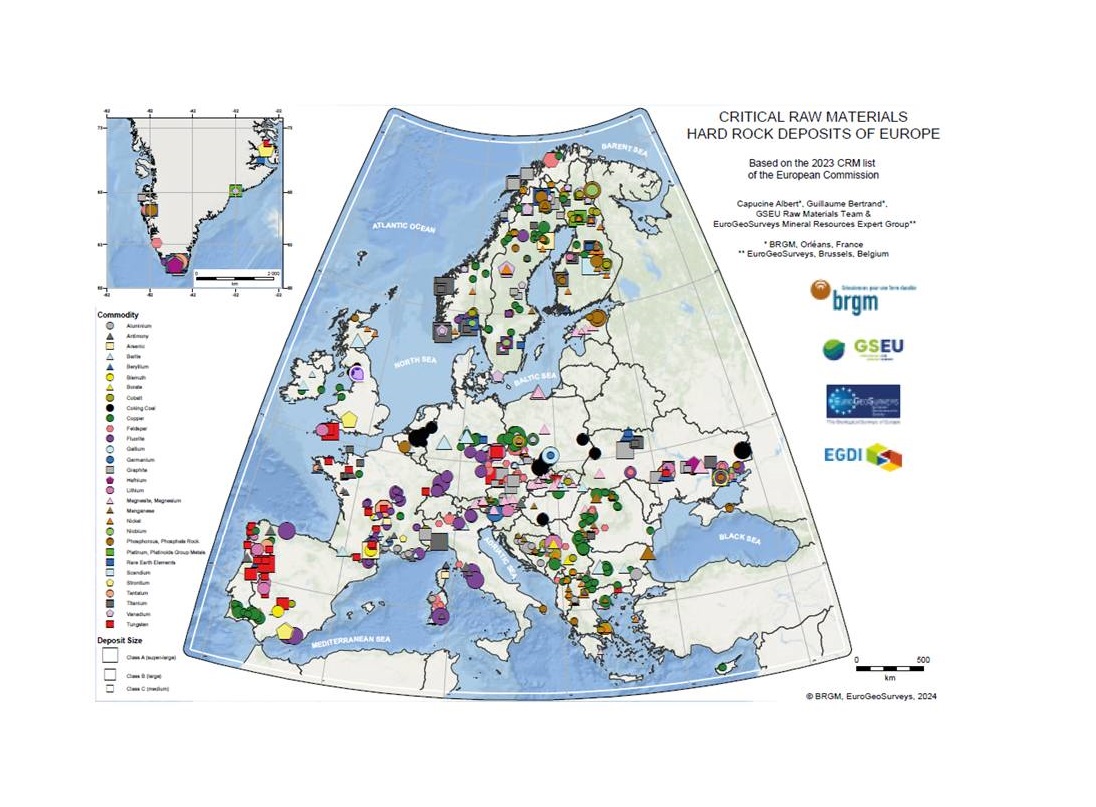Sotto la torre, tra i calcari e il mare, parla ancora l’uomo che fu prima dell’uomo: indagini geologiche e geofisiche sul sito neanderthaliano della Grotta di Torre dell’Alto di Nardò (Lecce)
Ad ascoltare la dottoressa Filomena Ranaldo, del Museo della Preistoria di Nardò, mentre osserva i sedimenti china sul terreno, si resta incantati dalla concreta possibilità che il sito della Grotta di Torre dell’Alto (Figura 1) conservi ancora segreti di un’umanità più remota; forse la testimonianza più antica della presenza del Neanderthal in questa zona del Mediterraneo.
 PORTALE DEL SERVIZIO GEOLOGICO D'ITALIA
PORTALE DEL SERVIZIO GEOLOGICO D'ITALIA 

